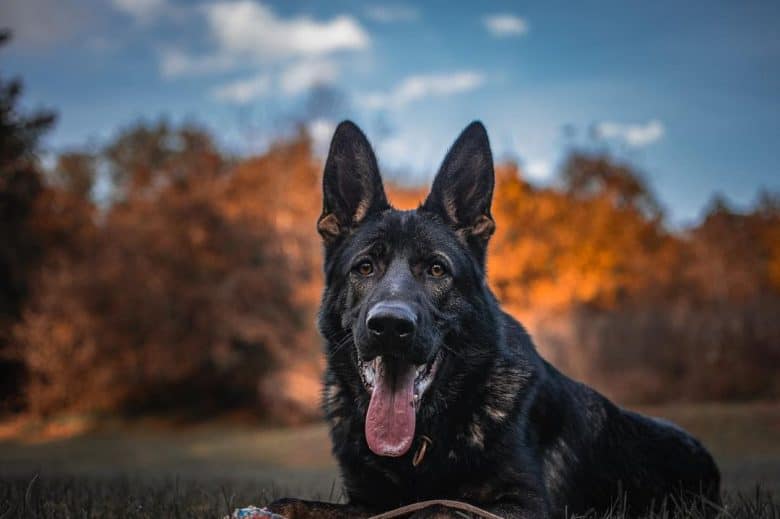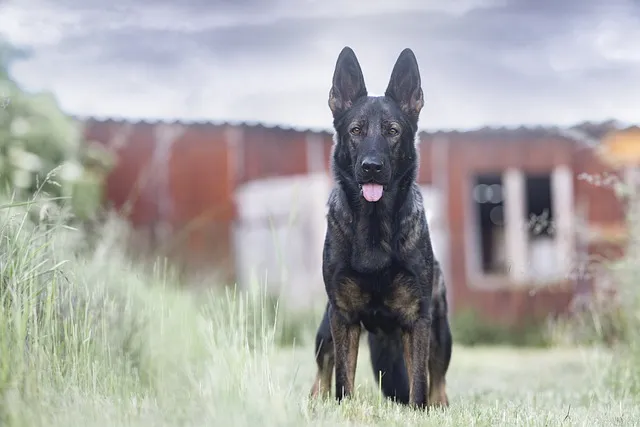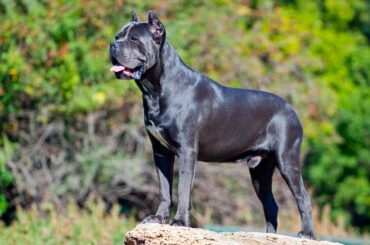The origins of the Czech German shepherd can be traced back to the 14th century in what is now the Czech Republic. The Czech German Shepherd was developed during the Soviet Union’s occupation of the Czech Republic, and the dogs were first used by border guards in the 1950s. These canines are powerful, tenacious, and capable of running someone down and keeping them down once caught, thus they made a fantastic pick.
Even though the dog wasn’t professionally bred until 1955, the Czech Army was still in charge of overseeing the dog’s breeding. They were primarily bred from the East German dogs’ bloodlines, which were well-known for being excellent work dogs and excellent at keeping troublesome people at bay.

They began to be bred as pets rather than working dogs over time. The breed standard was finally created in the 1980s, with the first puppies bred to this standard being born in 1985. The American Kennel Club did not welcome the breed into its Foundation until 2019.
Table of Contents
Czech German Shepherd Body characteristics
- Czech German shepherds have a thick, dense appearance that gives them the appearance of being a bundle of muscle.
- It has a compact, well-proportioned body with upright ears and a long neck, and it walks with a fluid, beautiful pace.
- They have strong jaws, sharp ears, and dense heads, which are identical to that of typical German Shepherds.
- They have sable coats, which implies they can have a wide variety of fur.
- They may have little beige or red markings near their feet.
- Their legs could be black, and their body could have banded points.
- They can appear completely dark at times.
Females’ heights range from 19.3 to 20.5 inches, while males’ heights range from 20.5 to 21.7 inches. Females’ weights range from 37 to 53 pounds, while males’ weights range from 41 to 60 pounds (male). The coat is a wavy double coat with a medium length and a black and tan color scheme.
Czech German Shepherd Behavior
The Czech German shepherd sheepdog has a kind demeanor and is extremely attached to its family. Its temperament is also characterized by a moderate degree of energy and high intelligence, necessitating regular exercise and mental stimulation. They enjoy being around humans and will most likely spend the majority of their time attempting to climb into your lap.

They are quite intelligent, have a lot of energy, are loyal, and are often eager to accomplish a variety of jobs. They are both peaceful and enjoyable to be around. However, because they have so much energy, it’s critical that you offer them enough exercise, otherwise they’ll get agitated and destructive.
Czech German Shepherd Caring
You should begin teaching your Czech German shepherd as soon as you bring them home as puppies, and you should continue to train them on a regular basis for as long as you own the dog. It’s just as vital to socialize your dog as it is to train him, and you should strive to expose him to as many new people and settings as possible.
This boosts their self-esteem and lowers their likelihood of hostility, making them far more enjoyable to be around for everyone concerned. It’s possible that you’ll need to switch up your workout routine on a regular basis. While their sharp intelligence allows them to quickly learn new orders.

Czech German shepherd sheepdogs like being active and require at least an hour of daily exercise. Walking, jogging, trekking, and active fetch games are all good options. Agility and herding are two dog sports that are excellent for burning both mental and physical energy.
Seasonal shedding is common in Czech German Shepherds. Though you don’t want your entire house to become coated in dog hair, brush them every day, even if it seems like their entire coat falls off at the start of both winter and summer. Baths should only be given when the dog is noticeably soiled.
Czech German Shepherd Health
Czech German Shepherds are generally healthy dogs, but they are susceptible to a number of congenital disorders, including
- Hip dysplasia
- Osteochondrosis
- Bloat
- Cardiomyopathy
- Aortic stenosis
- Degenerative myelopathy
- Epilepsy.
The average life expectancy is 12-15 years.
RECOMMENDED ARTICLES
- Greater Swiss Mountain Dog – Characteristics, 6 Comprehensive Behaviour, And Health
- Great Pyrenees Dog – Characteristics, 3 Comprehensive Behaviour, And Health
- 10 Best Natural Dog Food For Healthy Living And Nutrients
- 13 Top Best Puppy Food And Their Nutrient Components
- 10 Top Best Dog Food Brands And The Composition There
- 10 Comprehensive Dry Dog Foods For Total Wellbeing
If you like, please share it. Sharing is usually caring.




